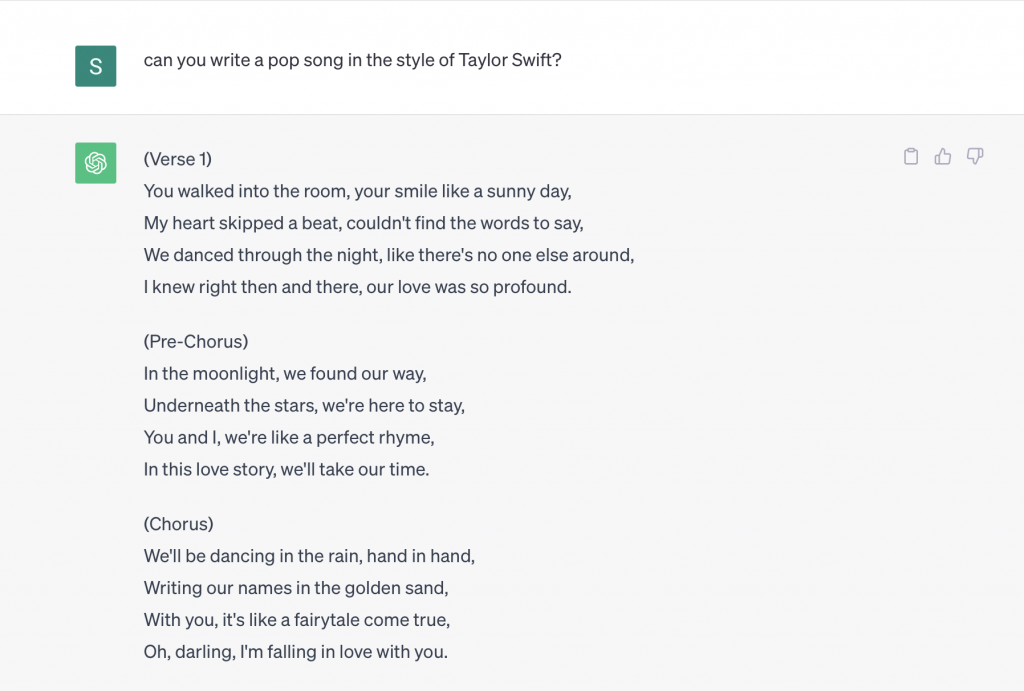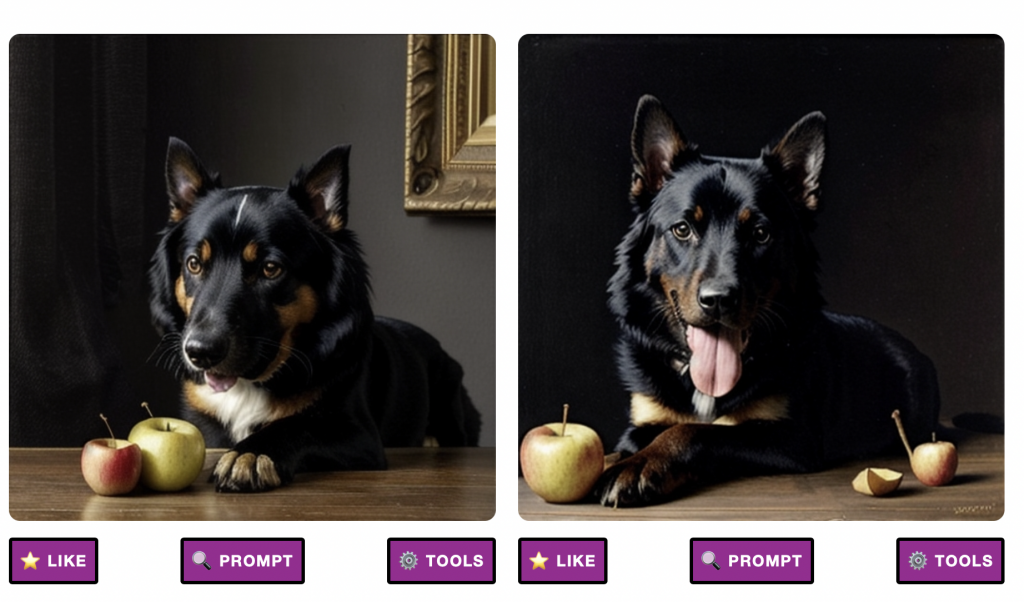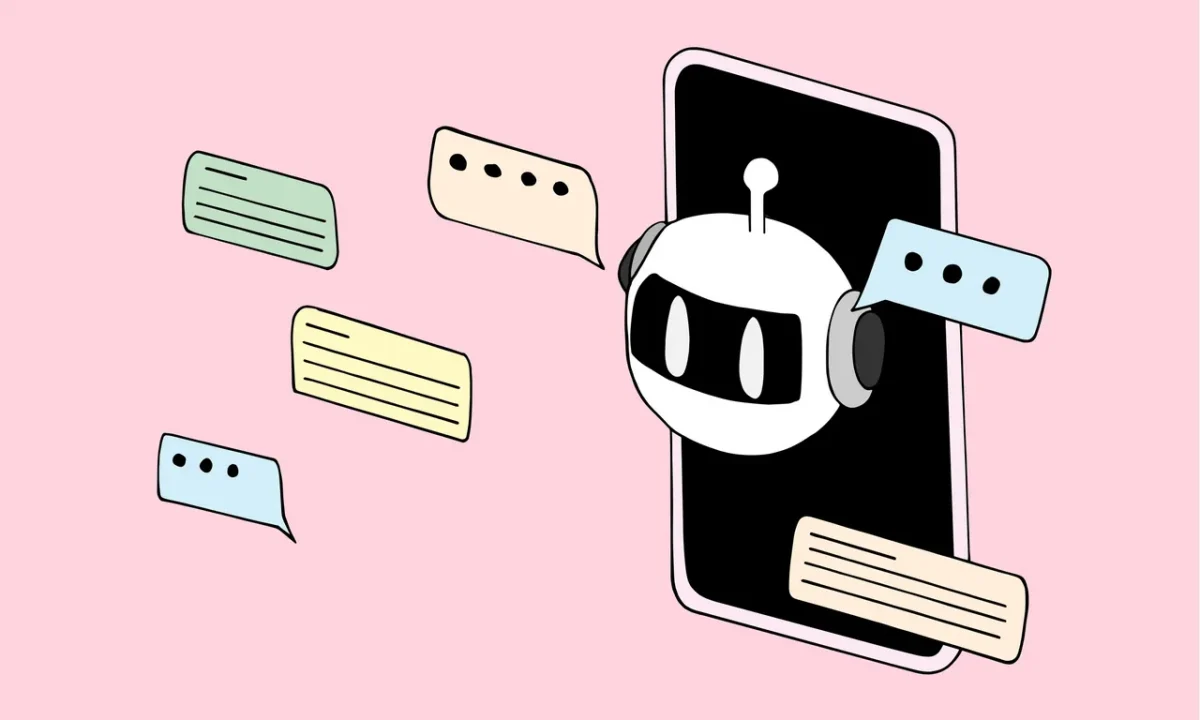Artificial Intelligence (AI) has rapidly evolved in recent years. The more advanced it becomes, the more it integrates into our daily lives. Think of virtual assistants like Siri and ChatGPT to complex AI systems used in healthcare, finance, and more, that are used on a daily basis. AI has proven its versatility, but can we truly ask it anything?
Fun Side of AI
AI has the ability to process vast amounts of data and perform complex tasks quickly and efficiently. We can ask AI questions, and it can provide answers based on the data it has been trained on. However, the answers may not always be accurate. For example, I asked ChatGPTit to write a pop song in the style of Taylor Swift and it actually provided a song which is similar to T Swift’s other songs.

On Image.AI I asked it to create a whimsical monet painting of a dog eating an apple. While it may not be ‘whimsical’ it did produce a cute and fun image of a dog and an apple. AI can also generate content across various styles and genres, offering an opportunity for exploration and experimentation. It can be a fun tool for creative projects and a source of inspiration for artists, writers, and musicians.

Harmful Side of AI
However I also asked ChatGPT if it could tell me how to bully someone, and it was unable to do so as it is labeled as harmful. This raises the question who decides what is harmful and to what extent will AI provide answers if you give it the correct prompts. While I was unable to give it prompts to produce recommendations on how to bully someone, ChatGPT does have the capability to produce harmful content. You can check out this post on how ChatGPT was also able to write hate speech and help users buy unlicensed guns online. https://www.businessinsider.com/chatgpt-gpt4-openai-answer-creepy-dangerous-murder-bomb-2023-3?international=true&r=US&IR=T

AI can sometimes produce harmful content, as highlighted above, and this underscores the importance of responsible AI development and moderation. OpenAI, among others, is actively working on improving AI models to reduce harmful outputs and enhance safety measures. I also explored Image.AI and to what extent it could produce harmful content. I had asked it for bloody images of bodies in Disney style. However, it produced rather sexual images of female bodies with scars. In the case where content may not be explicitly harmful but is mature or inappropriate, it’s essential to consider the potential audience, especially if children might interact with AI systems. Developers should work to ensure age-appropriate filters and warnings to prevent minors from accessing such content.
Conclusion
Balancing AI’s capabilities and its responsible use is an ongoing challenge, and it requires continuous improvement and collaboration between developers, regulatory bodies, and the broader public to set and enforce ethical guidelines and standards. This helps to ensure that AI systems are a force for good and do not generate harmful content. So the answer the question: No we shouldn’t be able to ask AI anything.


